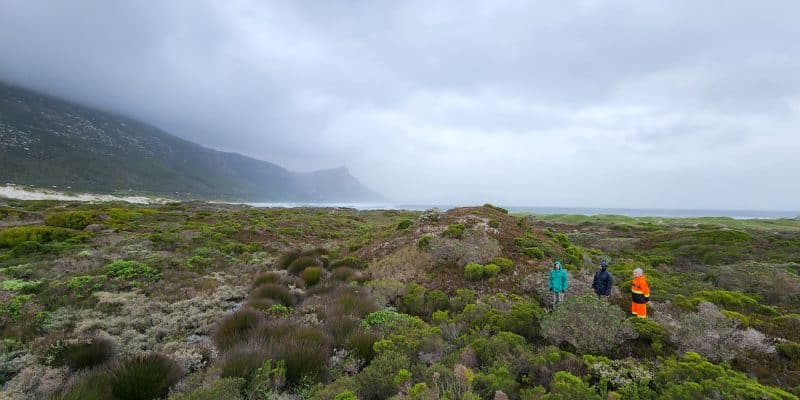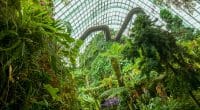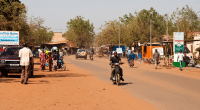In South Africa, the city of Cape Town is embarking on the extension of nine nature reserves and the creation of six new ones, with the aim of enhancing their ecological functions. The initiative should also improve the comfort of excursions for nature lovers.
To mark the twentieth year since the 2003 South African National Environmental Management Act came into force, the municipality of Cape Town has announced the creation of six new nature reserves and the extension of nine existing ones. The measure is in line with the South African government’s vision of “ensuring the protection and conservation of ecologically viable areas representative of the biological diversity of its natural landscapes”.
The Blaauwberg, False Bay, Harmony Flat, Steenbras, Table Bay, Tygerberg, Witzands, Wolfgat and Zandvlei nature reserves will therefore be expanded. The aim of this process, which is expected to involve experts in ecology, human and animal sciences, as well as municipal surveyors, is to enhance the ecological functions of these protected areas and at the same time improve the visitor experience.
Among the six areas in the process of being “proclaimed” nature reserves are the seaside resort of Soetwater, a favourite haunt of many tourists, particularly for its wildlife, which includes chacma baboons. The Symphony Way area near Cape Town airport, dominated by the imposing Table Mountain, is also concerned by this project.
The urgent need to implement SDG15
“These areas include a spectacular stretch of coastline, vast coastal wetlands and high quality natural vegetation that justifies nature reserve status. It is important to focus on the conservation and restoration of these resources. These efforts will contribute to the city’s resilience and preserve its ecological assets for future generations,” explains Eddie Andrews. The deputy mayor of Cape Town is referring to the requirements of Sustainable Development Goal 15 (SDG15), which focuses on the preservation of ecosystems.
Read also- SOUTH AFRICA: Biodiversity at risk after mining dam collapse
Its implementation is crucial for South Africa, which is one of the 17 megadiverse countries that account for 70% of terrestrial biodiversity. This is thanks in particular to its 19 national parks, which cover up to 40,802 km2 of its territory. That’s nearly four times the size of a country like Gambia (11,300 km2). The rainbow nation is therefore doing all it can to protect its natural potential, despite poaching, the invasion of exotic species and climate change.
Benoit-Ivan Wansi







